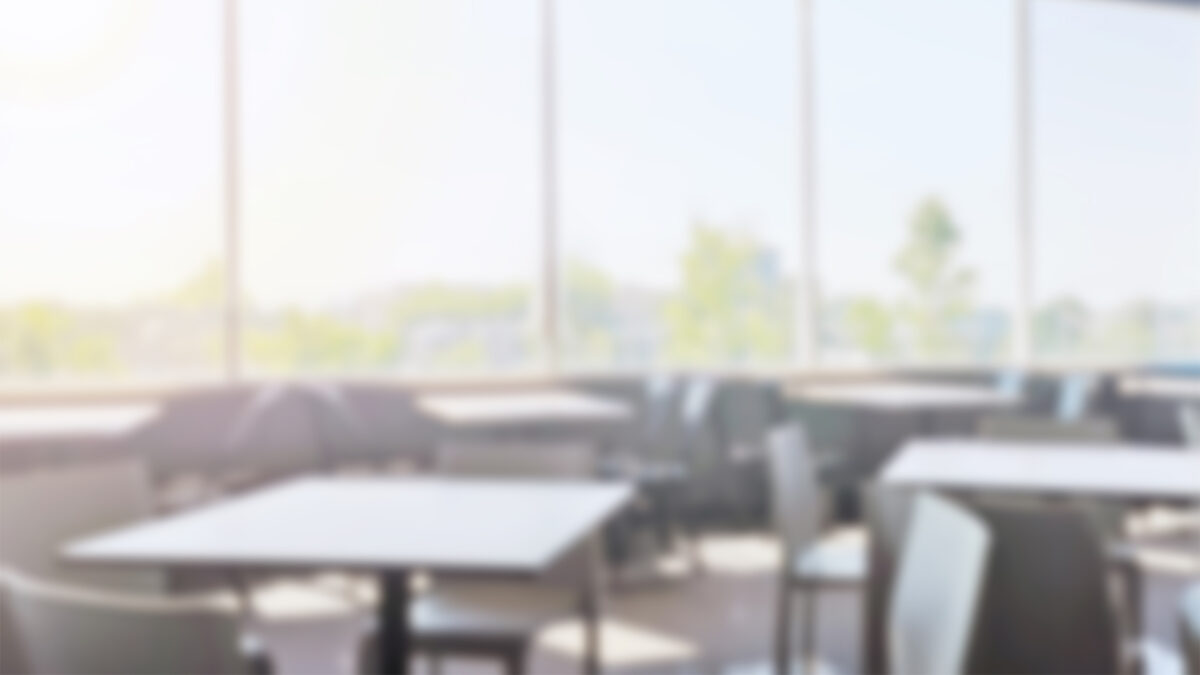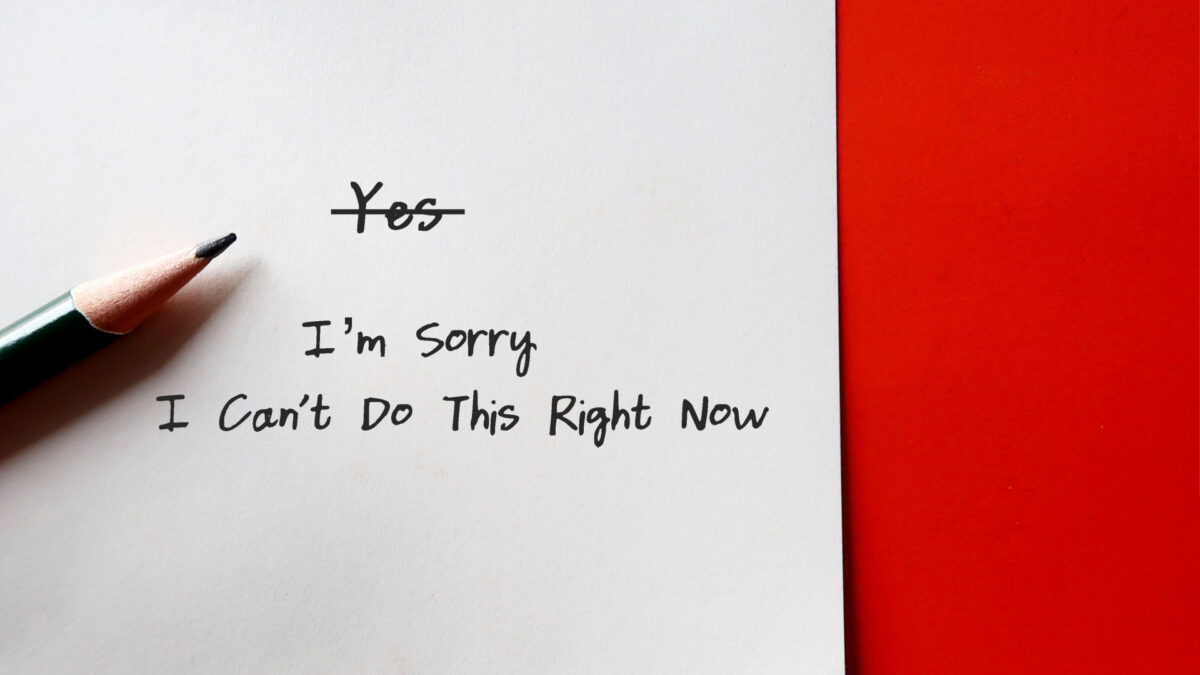By Andrea Ditter-Middleton
Designing a modern office space is about more than following trends. It’s about finding the right balance between open and closed spaces and choosing the décor and furniture that represents your company’s mission while meeting the physical and psychological needs of its most important assets: the employees.
Choosing an office design, whether you start with a “blank slate” or integrate existing office furniture, is a detailed and highly personalized process. Knowing what’s on trend as well as what research says about meeting the needs of employees and clients helps you decide on the right office design for your company.
Office Design Trends
It’s no secret that open concept design is all the rage in office space, thanks to the impact of collaboratively-minded millennials. However, companies find that communal space doesn’t always appeal to everyone. In fact, a 2016 article in Harvard Business Review went so far as to call the collaborative trend “too much of a good thing” because it impacts some employees’ ability to focus on quiet projects.
Flexibility in office design and space allocation has emerged as a more lasting and important trend. Flexibility means giving each member of a team the opportunity to choose a space or change a space according to personal needs or the quirks of a particular project. According to Nicole Wood, NCIDQ, LEED AP, Associate Principal/Senior Interior Designer at Array Architects in Philadelphia, this trend translates to “smaller, more collaborative spaces that allow staff to gather in different ways.”
She lists everything from lounge-style seats to adjustable-height workstations as critical pieces of modern office furniture that contribute to this trend, and she directs companies to ask some critical questions before transitioning to a more collaborative environment. “Do you often handle sensitive information that would prove challenging in an open environment? Given the nature of your work, does it even make sense to have staff sitting out in the open?” Certain industries, such as healthcare and telemarketing, may need the privacy and convenience of more isolated spaces.
Designs That Attract Employees and Clients
Designing a space that meets employees’ work needs is an important part of enhancing productivity, and it also affects their attitudes. In a 2006 study of 2,000 American office workers, Gensler, a leading collaborative design firm, found that 88 percent of workers said the quality of their work environment was crucial to overall satisfaction. Furthermore, 9 out of 10 cited office design as having a direct impact on productivity. Tasteful brand identification and comfort actively increase employee satisfaction while also contributing to their sense of community. Use décor to integrate your brand identity into your office design and to reach out to clients and business partners as well.
To accomplish this, Wood again suggests a focus on flexibility. When it comes to large, dominant pieces like a conference table or reception desk, she recommends “neutral, simple, and classic” finishes that easily transition with changing design and color trends. She advises clients to focus on wall colors, large graphics, photography, and art. As adaptable options, they involve less expense and effort to change.
Perfect Designs Come in Many Forms
Professional office design is about more than color coordination and ergonomic furniture. Your design should have visual appeal as well as boost employee productivity and brand identification. Trends come and go and may not offer the best options. Flexibility and personalization are critical elements that lead to lasting solutions. Approach office design wisely by asking the right questions and listening to employee feedback.
As one option, furniture rental allows companies to achieve design flexibility with minimal hassle. Wood suggests choosing coordinating pieces for a polished look, and that process is simple when ordering from one place, such as CORT Furniture Rental. The online ordering system and quick delivery at CORT make it easy to change the look and feel of your office environment with less stress whenever you feel the need for change.
Andrea Ditter-Middleton is a professional writer and teacher whose knowledge and work covers a variety of fields from education and finance to travel and home improvement. In addition to teaching writing and literature to community college students, Andrea is a regular contributor to LivingRichWithCoupons.com and iGrad.com. Her work has also appeared on Credit Sesame, ChildsWork, and ContentMarketing.com.





